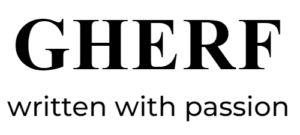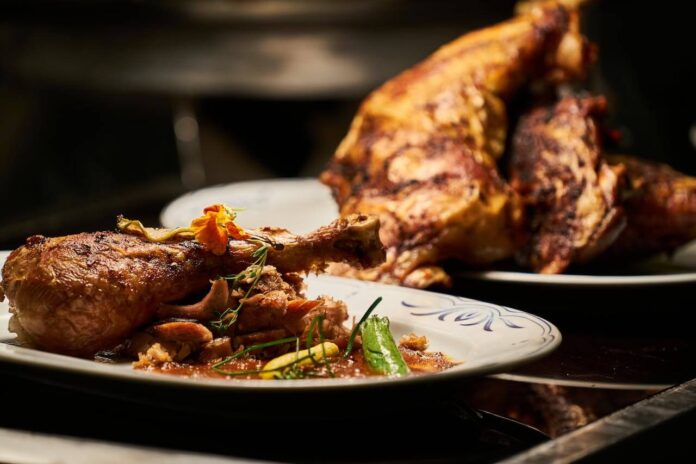Hidden risks of washing chicken exists! In the vast realm of social media, where discussions often take a turn for the worse, even seemingly harmless posts can lead to toxic comment sections. A recent TikTok video featuring a step-by-step guide to spatchcocking chicken became a surprising battleground, not for culinary enthusiasts, but for those passionately advocating for washing chicken before cooking. However, as it turns out, this culinary caution may not be as beneficial as it seems. This is the video:
@zoebarrie spatchcocked roast chicken ftw 😤 (crispy chicken ib cooking school and samin nosrat & lemon chimichurri ib me) #roastchicken #salt
Why Washing Chicken Poses a Hidden Health Risk
Contrary to popular belief, washing chicken isn’t just unnecessary; it may actually elevate the risk of foodborne illnesses. In a culinary landscape where misinformation often spreads like wildfire, it’s crucial to debunk the myths surrounding this common kitchen practice.
The notion of washing chicken stems from a bygone era when traces of feathers, slime, or dirt necessitated a thorough rinse. However, modern poultry is now pre-washed and ready to cook straight from the store. Despite this, a persistent belief lingers that washing chicken is vital to remove dangerous microorganisms. The reality, however, is quite the opposite.
Chicken inherently carries Salmonella and Campylobacter, both notorious for causing severe illnesses. Washing chicken before cooking may, at best, remove surface bacteria, but it significantly worsens the overall infection risk. When chicken is rinsed, bacteria on the skin enter the water stream, potentially leading to cross-contamination in the kitchen.
The misconception that soaking poultry in water and vinegar or citrus juice enhances hygiene is also dispelled. Such methods do little to eliminate pathogens, with Salmonella surviving even after prolonged soaking.
Ensuring safe handling of raw chicken involves adopting alternative practices. Instead of washing, placing the chicken on a clean cutting board and wiping off any dirt or slime with a paper towel is recommended. The goal is to avoid unnecessary cross-contamination while preparing the poultry.
Hidden Risks of Washing Chicken
Taking steps to minimize bacterial risks extends to the surrounding environment. Cleaning surfaces with diluted bleach or antibacterial spray after disposing of any meat debris helps maintain a hygienic workspace. Additionally, thorough handwashing, utensil cleaning, and disinfection further contribute to a safer kitchen.
The only effective way to eliminate bacteria is through cooking. Poultry should reach an internal temperature of approximately 75°C, a temperature sufficient to kill bacterial pathogens. A meat thermometer is recommended for precision, ensuring that the chicken is thoroughly cooked and safe to eat.
In conclusion, this article debunks the myth of washing chicken, offering practical alternatives for safe food handling. By dispelling misinformation and promoting proper cooking practices, you are equipped to navigate the kitchen with confidence, ensuring a healthier and safer culinary experience.
This content has been reproduced from The Conversation with the permission of the author and is distributed under a Creative Commons license. To access the original article, click here.

